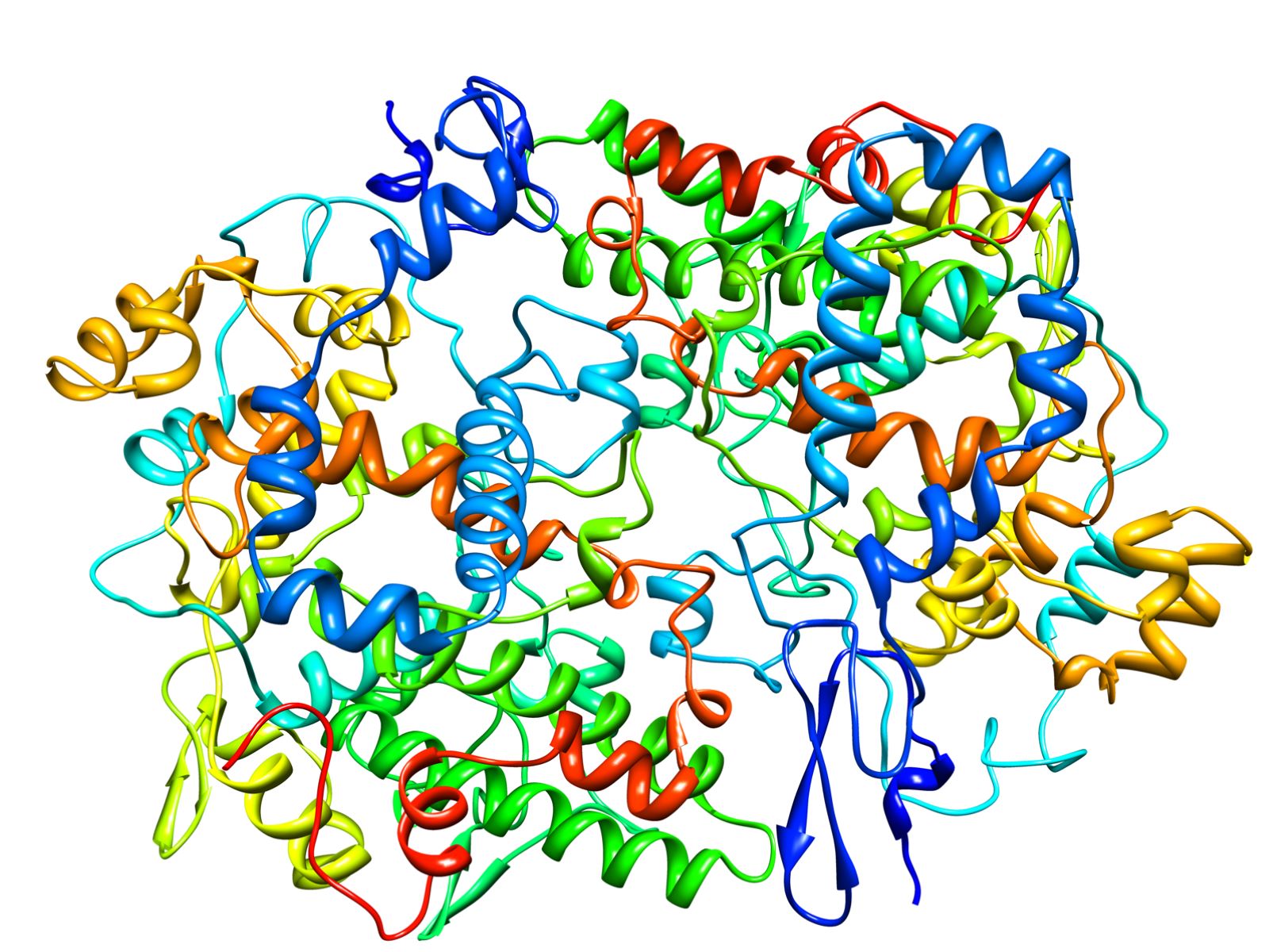
Reye Syndrome is a rare but serious condition that affects children and teenagers recovering from a viral infection, such as the flu or chickenpox. It causes swelling in the liver and brain, leading to sudden changes in behavior, vomiting, and confusion. Aspirin use during viral illnesses has been linked to this syndrome, making it crucial for parents and caregivers to avoid giving aspirin to kids. Early diagnosis and treatment are vital for recovery. This post will provide 50 essential facts about Reye Syndrome, helping you understand its symptoms, causes, and prevention. Stay informed to keep your loved ones safe.
Key Takeaways:
- Reye Syndrome is a rare but serious condition that affects children and teenagers recovering from viral infections. Avoiding aspirin during illness and getting vaccinated can help prevent it.
- Early recognition and treatment of Reye Syndrome are crucial for a full recovery. Public awareness and education play a significant role in reducing its incidence and improving outcomes.
What is Reye Syndrome?
Reye Syndrome is a rare but serious condition that causes swelling in the liver and brain. It primarily affects children and teenagers recovering from a viral infection, such as the flu or chickenpox. Understanding this condition can help in early detection and treatment.
- Reye Syndrome often follows a viral infection like influenza or chickenpox.
- The exact cause of Reye Syndrome remains unknown.
- It was first described by Dr. R. Douglas Reye in 1963.
- The syndrome can develop rapidly, sometimes within hours.
- Symptoms include persistent vomiting, confusion, and lethargy.
Symptoms and Diagnosis
Recognizing the symptoms early can be crucial for effective treatment. Diagnosis often involves a combination of clinical evaluation and laboratory tests.
- Early symptoms may mimic those of a common viral illness.
- As the condition progresses, severe symptoms like seizures and loss of consciousness can occur.
- Blood tests can reveal elevated liver enzymes, indicating liver damage.
- A liver biopsy may be performed to confirm the diagnosis.
- Imaging tests like CT scans can help assess brain swelling.
Risk Factors and Prevention
Certain factors can increase the risk of developing Reye Syndrome. Awareness and preventive measures can significantly reduce these risks.
- Children and teenagers are more susceptible to Reye Syndrome.
- The use of aspirin during viral infections is a significant risk factor.
- Genetic predisposition may play a role in susceptibility.
- Avoiding aspirin in children and teenagers can prevent the condition.
- Vaccination against viral infections like the flu can reduce the risk.
Treatment and Management
Timely medical intervention is essential for managing Reye Syndrome. Treatment focuses on reducing symptoms and preventing complications.
- Hospitalization is often required for close monitoring.
- Intravenous fluids help maintain hydration and electrolyte balance.
- Medications may be administered to reduce brain swelling.
- Mechanical ventilation might be necessary in severe cases.
- Early treatment can improve the chances of a full recovery.
Long-term Effects and Prognosis
The long-term outlook for individuals with Reye Syndrome varies. Early diagnosis and treatment can significantly impact the prognosis.
- Some children recover fully with no lasting effects.
- Severe cases can result in permanent brain damage.
- Long-term complications may include learning disabilities and motor skill impairments.
- Regular follow-up care is essential for monitoring recovery.
- Supportive therapies like physical and occupational therapy can aid in rehabilitation.
Historical Context and Epidemiology
Understanding the history and epidemiology of Reye Syndrome provides insight into its prevalence and impact over time.
- The incidence of Reye Syndrome has decreased significantly since the 1980s.
- Public health campaigns warning against aspirin use in children contributed to this decline.
- Reye Syndrome is now considered extremely rare.
- Cases are more commonly reported in the United States and Australia.
- The condition primarily affects children between the ages of 4 and 12.
Research and Future Directions
Ongoing research aims to uncover more about Reye Syndrome and improve treatment options. Future advancements could lead to better outcomes for affected individuals.
- Studies are exploring the genetic factors involved in Reye Syndrome.
- Research is also focused on identifying potential environmental triggers.
- New diagnostic tools are being developed for earlier detection.
- Advances in neuroimaging may improve understanding of brain swelling.
- Continued public health education remains crucial for prevention.
Personal Stories and Case Studies
Personal stories and case studies highlight the real-life impact of Reye Syndrome. These accounts provide valuable insights into the challenges faced by affected families.
- Many families share their experiences to raise awareness about Reye Syndrome.
- Case studies often emphasize the importance of early diagnosis.
- Personal stories can offer hope and support to others dealing with the condition.
- Some families advocate for research funding and better treatment options.
- Community support groups play a vital role in providing emotional assistance.
Myths and Misconceptions
Clearing up common myths and misconceptions about Reye Syndrome can help in better understanding and managing the condition.
- Reye Syndrome is not contagious.
- It is not caused by poor hygiene or diet.
- The condition can affect both boys and girls equally.
- Not all cases of vomiting and confusion in children are due to Reye Syndrome.
- Aspirin is not the only medication that can trigger Reye Syndrome, but it is the most well-known.
Importance of Awareness and Education
Raising awareness and educating the public about Reye Syndrome can lead to better prevention and treatment outcomes.
- Public health campaigns have been effective in reducing the incidence of Reye Syndrome.
- Educating parents about the risks of aspirin use in children is crucial.
- Healthcare providers play a key role in spreading awareness.
- Schools and community organizations can help disseminate information.
- Increased awareness can lead to earlier diagnosis and improved treatment.
Final Thoughts on Reye Syndrome
Reye Syndrome, a rare but serious condition, primarily affects children recovering from viral infections. Understanding its symptoms, such as vomiting, confusion, and seizures, can lead to quicker diagnosis and treatment. Avoiding aspirin in kids and teens with viral illnesses is crucial for prevention. Early intervention often results in better outcomes, but delayed treatment can lead to severe complications or even death.
Parents and caregivers should stay informed about the risks and signs of Reye Syndrome. Medical professionals play a key role in educating families and providing timely care. By spreading awareness, we can help reduce the incidence of this dangerous condition.
Remember, knowledge is power. Stay vigilant, and always consult healthcare providers when in doubt. Your awareness could save a life.
Frequently Asked Questions
Was this page helpful?
Our commitment to delivering trustworthy and engaging content is at the heart of what we do. Each fact on our site is contributed by real users like you, bringing a wealth of diverse insights and information. To ensure the highest standards of accuracy and reliability, our dedicated editors meticulously review each submission. This process guarantees that the facts we share are not only fascinating but also credible. Trust in our commitment to quality and authenticity as you explore and learn with us.


